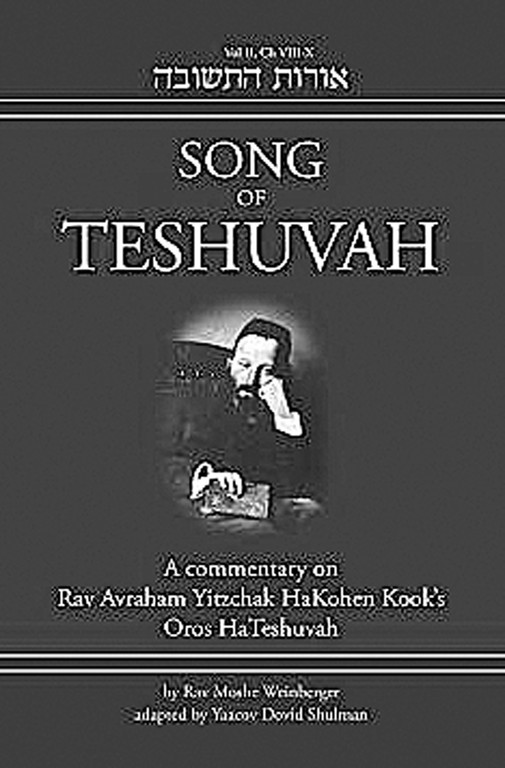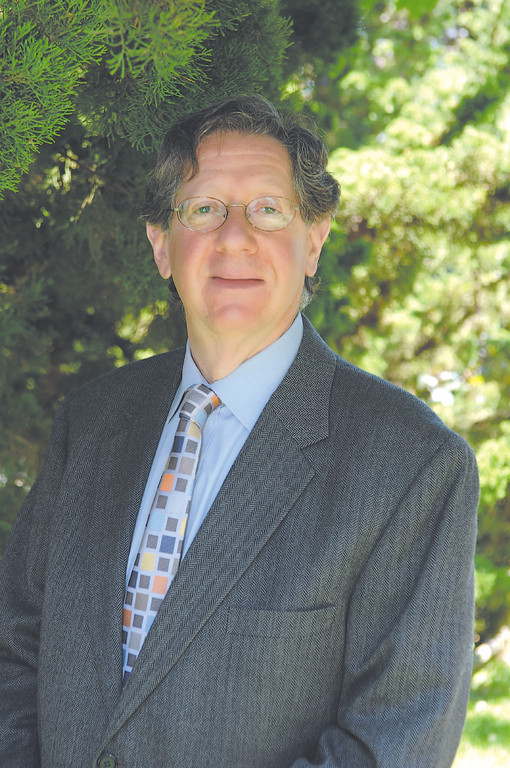The Kosher Bookworm: Yes, it’s Rosh Hashanah, again
Yes indeed, it is Rosh Hashanah once again, and there are some really fine, high quality books for your continued learning pleasure.
To really understand the true meaning and feeling for the upcoming “Yimei Ratzon,” a close reading of some of the most authoritative teachings concerning this holy season is always in order. This year is no different, and by the time you finish with this essay, you will be inspired to read some of the selections suggested or revisit previous Kosher Bookworm reviews for even more choices.
Once again “The Commentator” strikes: Rabbi Yitzchak Sender’s latest work, “The Commentators’ Rosh Hashanah: Prayers and Torah Reading” [Feldheim, 2012] brings to our readers a 317 page anthology of original essays on the most important liturgical works found in the machzor, spanning the entire repertoire of the sacred writ of this season. Starting with the selichos prayers and spanning the entire liturgy, both the halachos as well as the deeper meanings of the text are subjected to the classic “Commentators” treatment. Through humor, anecdotes, and homiletics, we are brought face to face with the wisdom, inspiration, and profound ethical teachings whose purpose it is to bring us to appreciate the true logic and purpose of the concept and practice of real, heartfelt teshuvah.
Dr. Erica Brown, that educator of educators, has once again brought to our homes a unique, and quite original work entitled, “Return: Daily Inspiration For The Days Of Awe” [OU Press/Maggid, 2012] wherein, by using the calendar based technique of the ten days of repentance, presents for our use a daily discipline of readings based upon a series of Al Chet selections, with each day headed by a differing ethical theme. These themes include faith, destiny, humility, compassion, anger, honesty, and holiness.
Drawing upon a plethora of literary sources, her multi-cultural presentment gives our time honored themes of teshuva a unique and most relevant meaning for all Jews seriously interested in the deeper theological, as well as practical meanings, of what the concept of repentance should mean to all of us. This work is a true supplement to that great work by Rabbi Ezra Bick, “In His Mercy: Understanding the Thirteen Midot” [Maggid/Yeshivat Har Etzion, 2010]. Also, to be referenced from a previous review, is Dr. Louis Newman’s work, “Repentance: The Meaning and Practice of Teshuvah,” [Jewish Lights, 2010]. Also it should be noted within this same literary genre, is Rabbi Dr. Abraham Twerski’s now classic “Twerski on Machzor: Rosh Hashanah” [Artscroll, 2011, 2012], a supplement now in its second printing, and most deservedly so.
In addition, we have a second volume of Rabbi Moshe Weinberger’s excellent commentary on Rav Avraham Yitzchak HaKohen Kook’s “Orot Teshuvah,” “Song of Teshuvah” [Urim/ Penina Press, 2012]. This year’s work continues with chapter eight, “The pains of sin, the sufferings of teshuvah, and the healings of its light.” It then continues with chapter nine, entitled, “The quality of willpower that is revealed through teshuvah,” and ends with chapter ten, “The need of teshuvah and Torah for each other – in their totality and in their supernal qualities.”
Last week I cited a very well received story as told by Rabbi Levi Cooper concerning the Choseh of Lublin. This week, the Chozeh of Lublin [spelling different], is cited in Rabbi Weinberger’s commentary concerning how the righteous do their repentance. For the sake of continuity I will quote this story in its entirety for you to get the full flavor of Rabbi Weinberger’s teachings featuring the Chozeh of Lublin as an example.
“Here the Meor Eynaim adds that for a person to be illuminated by that light, he must believe in the tzaddik and be connected to him – and certainly not opposed to him.”
“There is a famous story about R. Yaakov Yitzchak, the Chozeh of Lublin. The Chozeh’s shalosh seudos meal on Shabbos afternoon used to last late into the night, long after Shabbos was over by the clock. There was a man whom this bothered very much, and so every Saturday night he would walk by and yell. ‘Gut voch ! ’ But the Chassidim ignored him. Once this man grew so enraged that he threw a rock through the window. The Chassidim wanted to react, but the Chozeh told them not to. Instead, he went to the window and called out, ‘Gut voch, gut voch !’
“A few days later, the man died and his soul was sent to gehinnom. On the coming Shabbos, his soul – like that of all souls in gehinnom – rested from his suffering. As soon as Shabbos was over by the clock, an angel came to take him away. However, the other souls remained at rest, for they were allowed to remain as long as the Chozeh was still keeping Shabbos. And when this man protested, the angel responded, ‘Gut voch, gut voch!’”
According to Rabbi Weinberger, Rav Kook teaches that when tzaddikim do teshuvah, when they struggle to correct their own sins and failings, this causes a great light to shine upon others and pull them, too, out of the darkness of despair. This is the light that will be reflected in the actions and activities detailed in the above story.
I end this week’s essay with the following rather sharp worded teaching from Reb Zalman Schachter who stated: “Our prayers don’t always ‘make sense’ because making sense is not what we are here for. Our journeys through life are more complex than that. And so our duty to the Days of Awe and to ourselves, doesn’t end with procuring our tickets. We need more than just assigned seats and receipts that our shul dues are paid up. We want a ticket to transformation, a pass to the possibility that something in us feels genuinely moved. As our shuls open their doors to us, so may we open our own doors to multidimensional experiences. As the gabbais show us to our seats, so let us find a seat for prayer in our hearts.”

 54.0°,
Mostly Cloudy
54.0°,
Mostly Cloudy 







